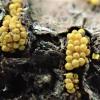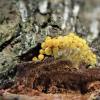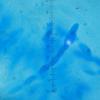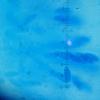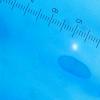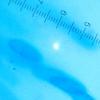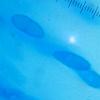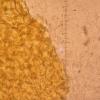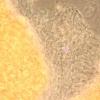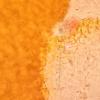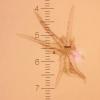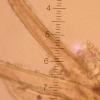
01-01-2026 18:35
Original loamy soil aside a artificial lake.The co

31-12-2025 19:27
Collected from loamy soil, at waterside (completel

30-12-2025 16:44
Pascal DucosBonjour,Une anamorphe rose stipitée, très nombre

30-12-2025 17:14
 Bernard CLESSE
Bernard CLESSE
Bonjour à toutes et tous,Pourriez-vous aider Albe

29-12-2025 10:15
Hulda Caroline HolteHello, I found and collected this propoloid ascom

30-12-2025 09:04
Hello.A Pyrenomycete sprouting sparsely but very d

29-12-2025 17:44
Isabelle CharissouBonjour,J'aimerais savoir si d'autres personnes au
Yellow Nectria (aff. pallidula?)
Edvin Johannesen,
18-01-2019 22:14

Dear all,
This nectriaceous species was growing erumpent on twigs of old, but living plum tree (Prunus). Ascospores measure ca. 13 x 4-6 microns, and become warted and 1-septate at maturity. Is this sufficient for identification or does it need further studies?
Christian Lechat,
19-01-2019 06:20

Re : Yellow Nectria (aff. pallidula?)
Hi Edvin,
maybe your fungus is Bionectria. Vertical section through ascomatal wall could be very useful as well as the reaction in KOH and lactic acid. Please, check if there is an asexual state on the substrate or around the stromata, which should be clonostachys-like.
All the best,
Christian
Edvin Johannesen,
19-01-2019 11:36

Re : Yellow Nectria (aff. pallidula?)
Thanks, Christian. Do you mean cotton blue or plain lactic acid (which I do not have)? What to look for? Do you have a good article on Bionectria? I have limited access to literature on the internet.
Best regards,
Edvin
Edvin Johannesen,
19-01-2019 13:47
Edvin Johannesen,
19-01-2019 13:49
Christian Lechat,
19-01-2019 15:35

Re : Yellow Nectria (aff. pallidula?)
you should take a look at Schroers 2001 A Mponograph of Bionectria Studies in Mycology 46.
Regards,
Christian
Edvin Johannesen,
19-01-2019 15:38

Re : Yellow Nectria (aff. pallidula?)
Thanks, again. I will see if I have access. I am thinking now maybe B. ochroleuca, but need to check further.
Regards,
Edvin



